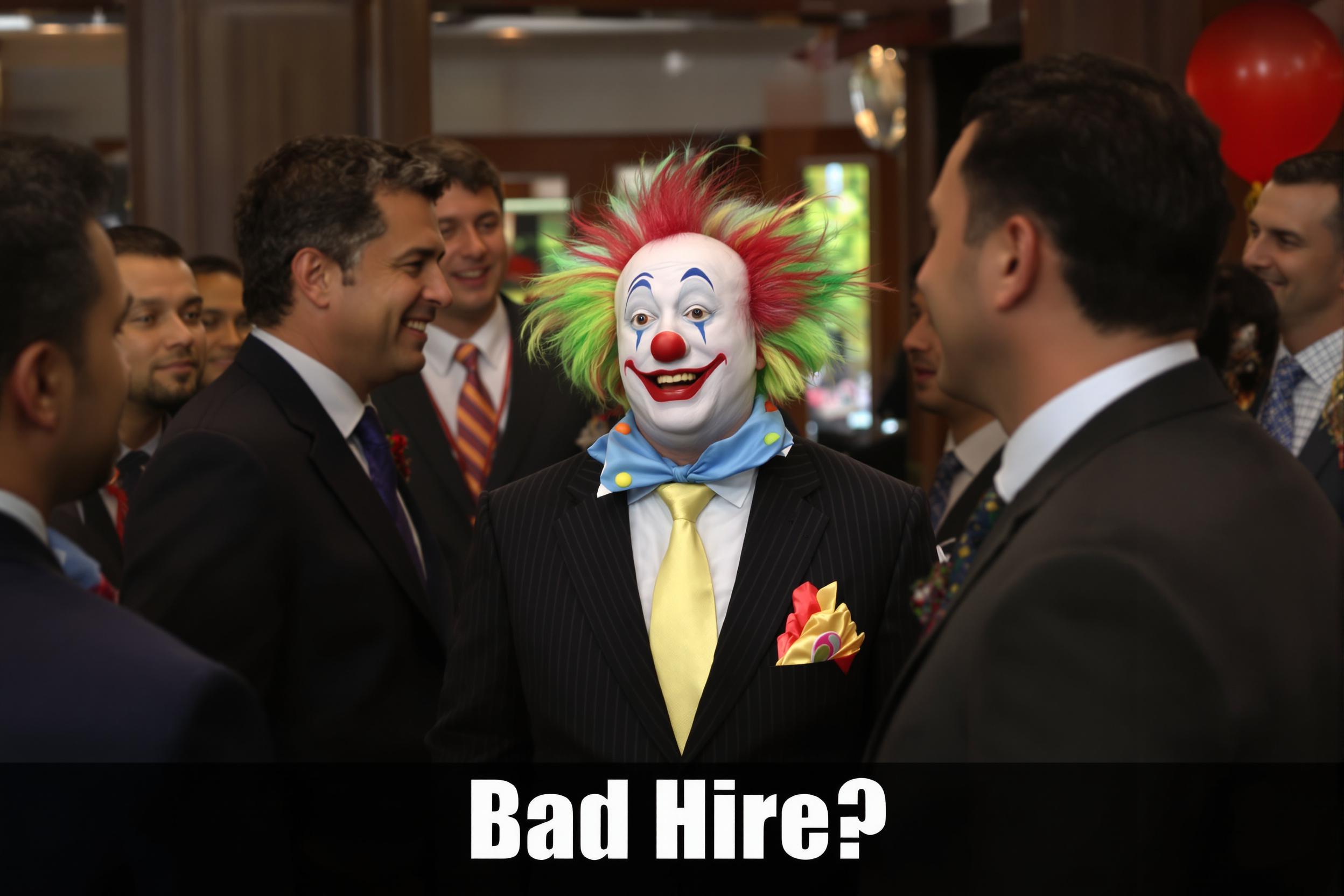
Subjective Hazards
Subjective Hazards refers to human-caused risks in outdoor activities like mountaineering and climbing. Unlike natural hazards (like avalanches or weather), these are risks that come from people's decisions, judgment, or behavior. This includes things like poor route choice, overestimating abilities, or making rushed decisions due to time pressure. Understanding and managing these human-related risks is a key skill for mountain guides and outdoor professionals. This term often appears alongside "Risk Management" or "Human Factors" in job descriptions.
Examples in Resumes
Developed training programs focusing on Subjective Hazards and decision-making for new guides
Led risk assessment workshops addressing Subjective Hazards in winter mountaineering
Created documentation and protocols for identifying and managing Subjective Hazards in guided trips
Typical job title: "Mountain Guides"
Also try searching for:
Where to Find Mountain Guides
Professional Organizations
Online Communities
Training Resources
Example Interview Questions
Senior Level Questions
Q: How do you train new guides to recognize and manage subjective hazards?
Expected Answer: Look for answers that show experience in developing training programs, mentoring others, and creating systematic approaches to risk management. They should discuss real-world examples and methods for teaching decision-making skills.
Q: Describe a situation where you had to manage multiple subjective hazards simultaneously with a client group.
Expected Answer: The answer should demonstrate leadership experience, complex decision-making ability, and successful risk management in challenging situations with multiple factors to consider.
Mid Level Questions
Q: What strategies do you use to assess client abilities and expectations?
Expected Answer: Should explain their process for evaluating clients' skills, experience, and fitness levels, and how they adjust plans accordingly to minimize subjective hazards.
Q: How do you handle pressure from clients to push beyond safe limits?
Expected Answer: Should demonstrate clear communication skills, professional boundary setting, and ability to maintain safety standards while managing client expectations.
Junior Level Questions
Q: What are the main subjective hazards you look for when guiding?
Expected Answer: Should be able to list basic human-caused risks like overconfidence, peer pressure, poor planning, and fatigue, and explain how they identify these factors.
Q: How do you prepare yourself mentally and physically before a guided trip?
Expected Answer: Should show understanding of personal preparation, including rest, gear checks, route planning, and maintaining focus to minimize subjective hazards.
Experience Level Indicators
Junior (0-2 years)
- Basic understanding of human factors in risk assessment
- Ability to identify common subjective hazards
- Following established safety protocols
- Basic group management skills
Mid (2-5 years)
- Advanced risk assessment abilities
- Strong decision-making in complex situations
- Effective client communication
- Experience managing diverse groups
Senior (5+ years)
- Training program development
- Risk management system creation
- Incident investigation and analysis
- Mentoring and supervising other guides
Red Flags to Watch For
- Inability to explain basic risk assessment concepts
- History of poor judgment or safety incidents
- Overconfidence or dismissive attitude toward safety protocols
- Lack of clear communication skills
- Poor understanding of human factors in decision-making
Related Terms
Need more hiring wisdom? Check these out...

Addressing Mental Health in the Workplace: A Guide for Forward-Thinking Leaders

Who’s Really Running Your Interviews? How to Reduce Bias in Remote Hiring

The $100M Mistake: Hidden Costs of Rushed Leadership Hires (Data Study)

